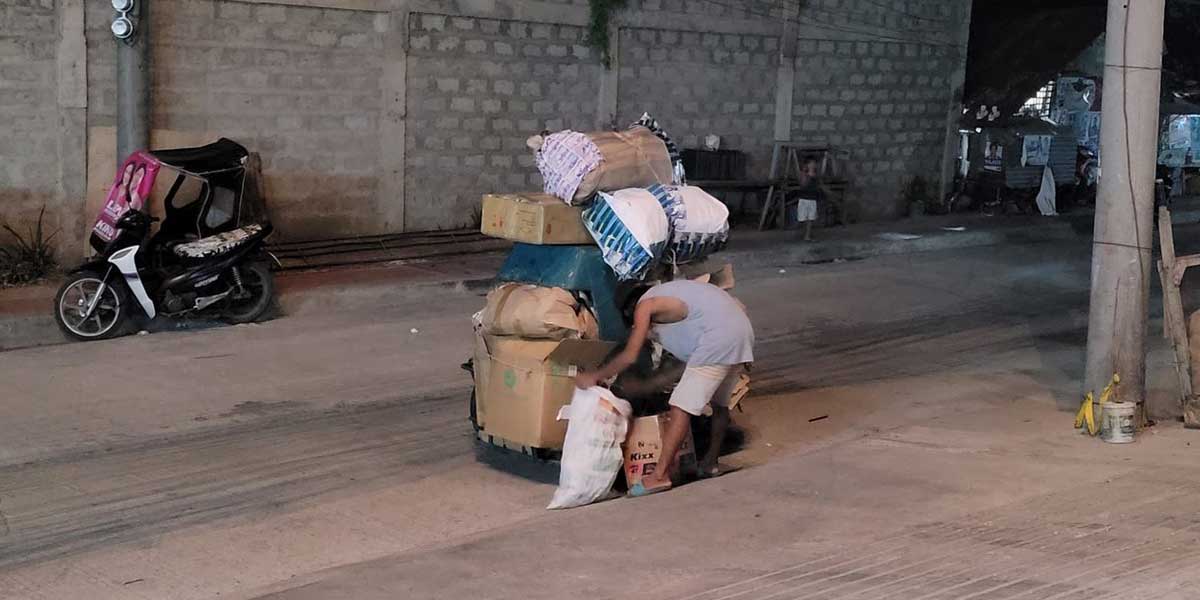
A central bank digital currency (CBDC) will not materialize in the Philippines within the term of Bangko Sentral ng Pilipinas (BSP) Governor Benjamin Diokno, which is until 2023.
“I don’t think so. Most central banks said they will not issue CBDC within the next five years. So not within my term,” Diokno said in a virtual media briefing Thursday.
Diokno said the BSP recently completed its exploratory study on CBDC, which looked into the basic concepts and fundamental issues, possible implications and potential risks on monetary policy; financial supervision, payments, and settlements; financial inclusion, legislation, and regulations; and experiences of other central banks.
Central banks around the world are now looking into this instrument due in part to the digitalization of payments, with some pilot testing their own version of the currency.
Diokno said CBDC lessens the need for physical cash, promotes financial inclusion, widens the range of options for monetary policy, and encourages innovation in the payments system.
He said the first benefit of CBDC is not yet needed in the Philippines since Filipinos still prefer to pay using cash but added this will eventually be experienced once digital financial transactions rise as part of the BSP’s goal.
Meanwhile, Diokno said among the risks of using CBDC include possible financial disintermediation.
“Despite these developments, very few central banks plan to issue CBDC in the next five years,” he said, citing the results of surveys by the Banks of International Settlements (BIS), among others.
Diokno said some central banks are now engaged in CBDC activities to prepare for its eventual implementation if the need arises.
On the part of the BSP, Diokno said they continue to study all aspects of this currency and will sustain capacity-building efforts, including teaming up with the International Monetary Fund or the BIS.
“We will continue with establishing networks. BSP can consult with peer central banks for updates on their CBDC-related research,” he added. (PNA)






















